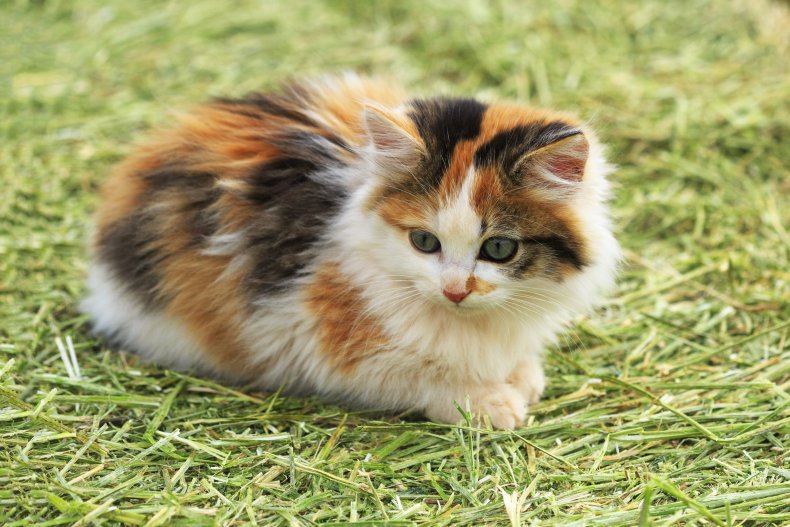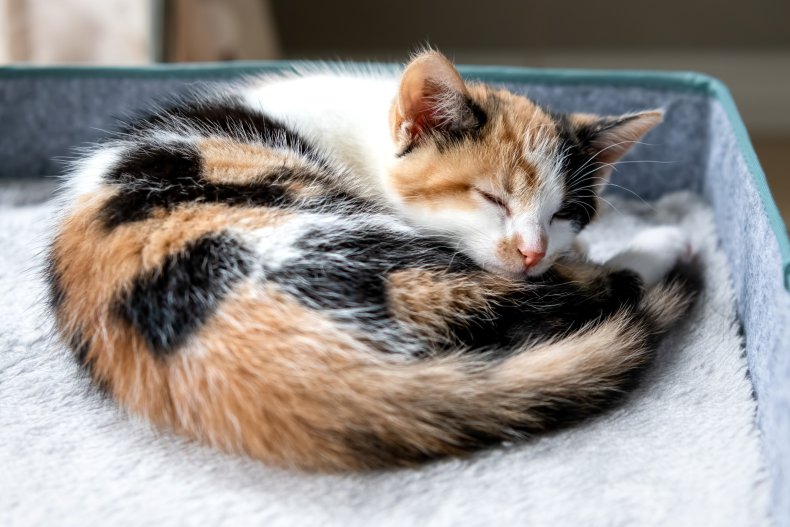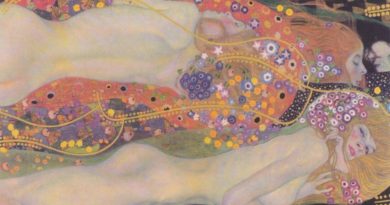SCI-TECH | Colorado rescue discovers rare male calico ‘unicorn’ kitten
.

UPI – An animal rescue group said one of its volunteers is currently caring for a male calico kitten, a feline so rare they are often called “unicorn” kittens.
NoCo Kitties in Loveland said the kitten and his siblings were born in a Weld County shed and were turned over to the Weld County Humane Society before coming to NoCo Kitties.
Volunteer Alli Magish, who is fostering the three kittens and their mother Amber, said she started to suspect one of the three calicos might be male, and a veterinarian confirmed it.
Only one in 3,000 calico kittens are born male, veterinarians said. Calicos typically end up with the colouration due to getting different colour genes from the X chromosomes they receive from their parents. Male kittens usually only have one X and one Y chromosomes, but can sometimes end up with calico colouring when they receive XXY chromosomes.Unicorn cat
….
Rare ‘Unicorn Cat’ Found at Rescue Center
n a rare animal miracle, a calico cat born in Colorado has been found to have an extremely uncommon trait: it’s a male.
The kitten was born in Weld County and eventually made its way from the Humane Society to foster-focused rescue NoCo Kitties, located in Loveland, where its unexpected sex was discovered by a volunteer.
This cat’s sex marked the first time that NoCo founder Davida Dupont or either of the veterinarians who confirmed the kitten’s sex had ever seen a male calico: only one in 3,000 calico cats are male, according to the Cornell College of Veterinary Medicine.
“We just thought how incredibly unusual and what fun it is,” Dupont told The Coloradoan.
Dupont also explained that male calicos are often called “unicorn cats” due to their rarity, leading to this little kitten being nicknamed “Unicorn.”

Calicos are known for their characteristic tricolor tortoiseshell coats, mostly white with patches of black and brown color. If the cat only has these last two colors, it is known as a tortoiseshell. This tricolor coat explains why calicos are almost exclusively female, as the genetic determination of their coat colors is linked with the X chromosome.
Female mammals have two X chromosomes (XX), while males have one X and one Y (XY), inheriting the Y from their fathers. In female calicos, one of the colors is usually due to their mother’s X chromosome, and the other color is due to the father’s X chromosome. Male XY calicos therefore cannot develop the patchy tricolor coats, as they only have the gene for one of the colors.
Rare cats like the Weld County kitten may be born male but with calico coats. This is due to what is known in humans as the Klinefelter Syndrome. In this case, male calicos have the usual X and Y chromosomes, but also have an extra X chromosome, making them XXY. This allows them to develop the characteristic calico coats. Male cats of this ilk are generally sterile, with only one in 1,000 of the already uncommon one in 3,000 male calico cats being able to reproduce.
Klinefelter Syndrome cats may have shorter lifespans than their XX and XY siblings, as they may develop cognitive and developmental issues, reduced bone mineral content, or joint pain, heart disease, and diabetes as a result of increased body fat, according to the American Society for the Prevention of Cruelty to Animals.

In humans, Klinefelter Syndrome occurs in one per 500 to 1,000 males, and can often go unnoticed.
Male calicos may also arise as a result of chimerism, which is when the cells within a single individual have different genetic codes. As a result, some cells have XX chromosomes and others XY. This can also lead to a male cat developing the calico coat coloring. Additionally, male cats may gain calico coats as a result of random mutations of the skin cells, although this is very uncommon.
It’s thought that Unicorn may bring in more interest than usual to NoCo due to his rarity. Kitten adoption fees are generally $195, but Dupont hopes to hold a fundraiser for the adoption, allowing Unicorn to go to a home that best fits him.
“We will probably get huge adoption offers for him, but we want him to go to the best home, and that’s not necessarily the one that could be the highest bidder,” Dupont said.
…
Felinology
Felinology is the study of cats.[1] The term is of Latin–Greek origin and comes from the Latin word felinus (of cats, feline) and the Greek -logos (science). Felinology is concerned with studying the anatomy, genetics, physiology, and breeding of domestic and wild cats.
 Ads by: Memento Maxima Digital Marketing
Ads by: Memento Maxima Digital Marketing
@[email protected]
SPACE RESERVE FOR ADVERTISTMENT


 Memento Maxima Digital Marketing
Memento Maxima Digital Marketing







